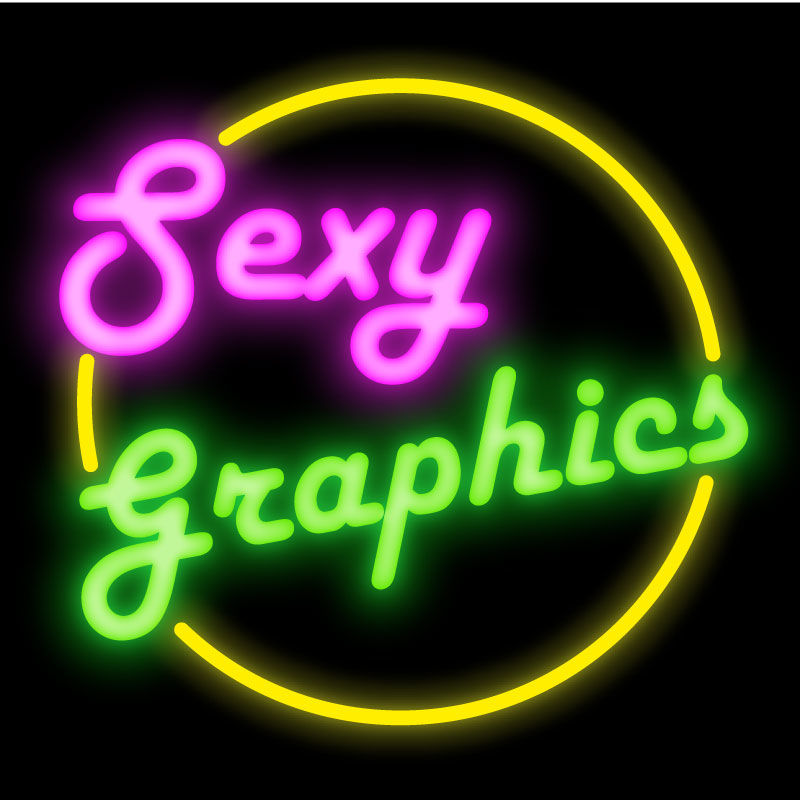In an image driven world, it is important for designers to communicate their concepts with clear graphics. Successful drawings are aesthetically pleasing, mentally stimulating, and conceptually clear. Today's design periodicals, websites, and competition entries feature a plethora of “sexy graphics”—eye-catching drawings consisting of rendered perspectives, three-dimensional models, diagrams, and photo-montages. Many of these graphics used for presentation purposes are aesthetically pleasing and mentally stimulating, yet they fail to adequately communicate intent. Sometimes, these unsuccessful drawings are compensating for design or planning concepts that are lacking or unclear in the first place.
Designers can avoid this by not treating the drawing as a means to an end. If drawings are produced as part of the design process, then the resultant operational drawing will be intrinsic to the design concept. Operational drawings test and explore the programmatic and spatial interrelationships of a design strategy. When drawings are produced primarily for aesthetic effect, the resultant graphic is pleasing to the eye, but conceptually empty. Operational drawings take advantage of the productive agency that the drawing process affords and help prevent the design process from being lost.
The design profession is an art, and as such, the quality of produced work should always strive to elevate the level of aesthetics. However, the true efficacy—and even, aesthetic impact—of a designer’s graphics lies in the ability to clearly communicate their design concepts.

